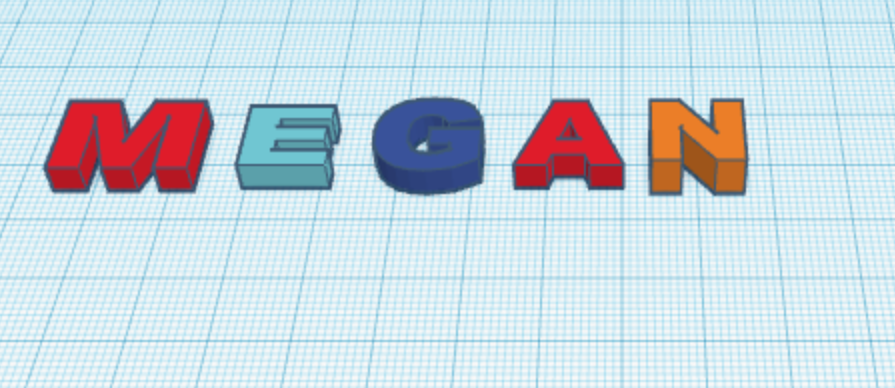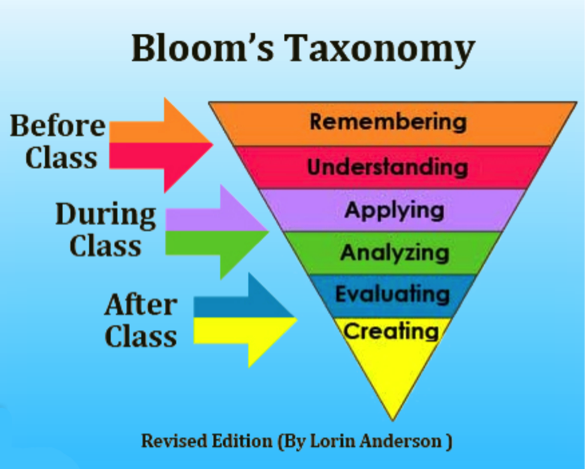
This week’s blog post is all about Flipped Learning and it’s many benefits! We have touched on this subject previously in the past weeks, but this week we will be digging deeper. Flipped learning is a great way to encourage your students to engage at a deeper level and to allow them a different learning environment. I have found an excellent article that talks about how a Flipped Learning model can be introduced, and the benefits it has had in this teacher’s classroom.
Educators for Social Change explains that “the idea behind flipped classrooms is that students will be able to actively learn, rather than passively learn, and collaborate with their peers to gain the skills necessary to learn in today’s world. It may not be a breeze, but flipping your classroom can have many beneficial effects for all types of students!” This article also mentions how this model can benefit all types of students, and almost all become successful while engaging in this model.
I really enjoyed how this article shared some important resources for unit and lesson planning, that way you as the teacher have more context to incorporating it into your classroom. Educators for Social Change says “Planning a Flipped Lesson – Step-by-Step Guide: The UNT Teaching Commons has put together a list of five different steps on how to flip a class before you flip your own class or course. This article recommends that educators identify where the flipped classroom model makes the most sense for your course, spend class time engaging students in application activities with feedback, clarify connections inside and outside of the classroom, adapt your materials for students to acquire course content in preparation for class, and extend learning beyond class through individual and collaborative practice. This piece outlines the steps you should go through before flipping your class and gives you some questions to consider before officially making the transition.”

This blog post was also extremely beneficial for my learning of the Flipped Classroom model. The author provided clear and concrete examples on ways to implement this within the classroom.

Some benefits that this blog post listed were:
- Flipping speaks the language of today’s students.
- Flipping helps busy students.
- Flipping helps struggling students.
- Flipping helps students of all abilities to excel.
- Flipping allows students to pause and rewind their teacher.
- Flipping increases student-teacher interaction.
- Flipping allows teachers to know their students better.
- Flipping increases student-student interaction.
- Flipping allows for real differentiation.
- Flipping changes classroom management.
- Flipping changes the way we talk to parents.
- Flipping educate parents.
- Flipping makes your class transparent.
This YouTube video also goes into more depth and visuals on some step by step instructions on how the model works.
When using the Flipped Classroom Model, the teacher must:
- Plan 2. Record 3. Share 4. Change 5. Group 6. Regroup
Then, revise these steps and repeat!!
Leave a Reply
You must be logged in to post a comment.